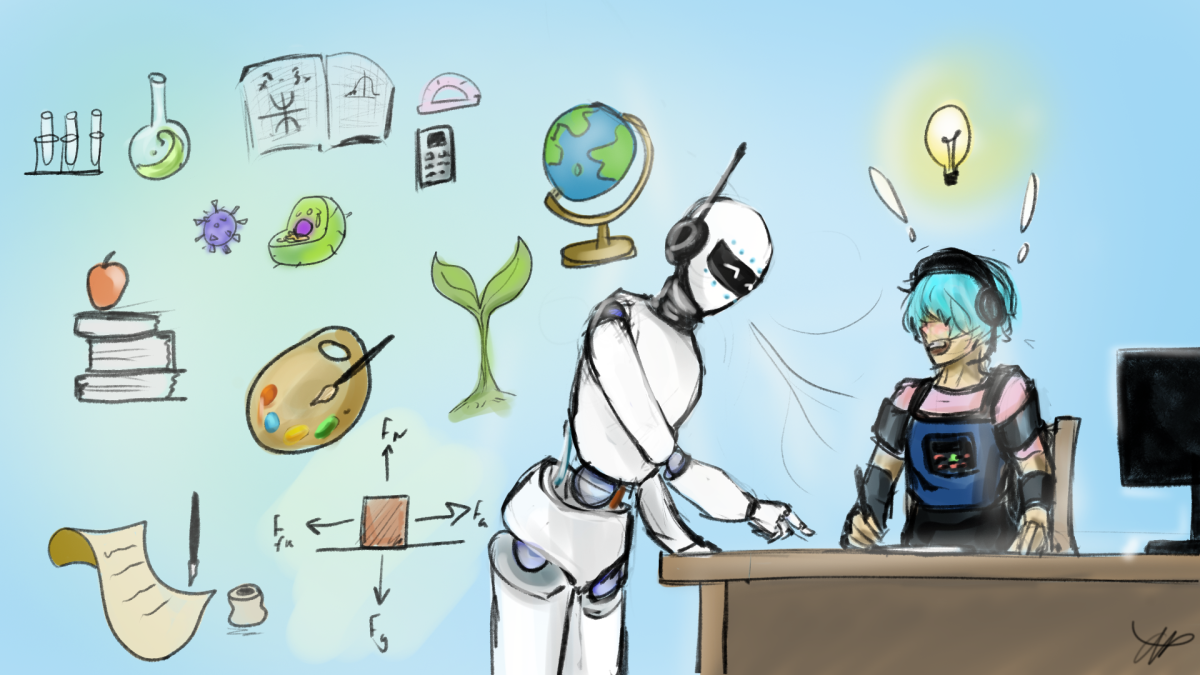Although most Americans agree that the government should do more to protect the environment, there is debate about which energy sources should replace fossil fuels. One contender is nuclear power, which relies on the process of nuclear fission to heat water, which creates steam that interacts with a turbine to generate electricity. Nuclear fission involves a neutron colliding with an atom of uranium in order to split it into two new atoms. Once the uranium is split into those two atoms, neutrons are released that can collide with and split new uranium atoms. This results in what is called a chain reaction, where each uranium atom being split results in others being split in the same way. This process releases large amounts of energy in the form of heat, which allows for the aforementioned method of producing electricity.
In order for uranium to be used in nuclear fission, it first needs to be mined and then treated with certain chemicals. After undergoing this treatment, it is referred to as yellowcake. It is then put inside fuel rods, which go inside the reactor and facilitate nuclear fission. Another set of rods, called control rods, is responsible for preventing the chain reactions from getting out of control, and each of these sets of rods can be inserted or removed. Control over these rods is necessary for a nuclear power plant to function, because the reactions need to be maintained to produce electricity but can pose a safety threat if they aren’t moderated.
Because of its properties, notably a large atomic mass, uranium naturally decays and releases energy and small particles that are referred to as radiation. Nuclear radiation is ionizing, meaning that it contains enough energy to “excite” electrons and separate them from their atoms, which can cause damage to the body if a person is exposed to enough of it. This makes careful handling and storage of the element important, and it is a major consideration when nuclear plants are built or when nuclear waste is stored. Despite fears about the dangers of this radiation, nuclear power plants are only responsible for a small fraction of the radiation most people are exposed to, making it highly unlikely that it would lead to health issues.
Another concern about nuclear power is the possibility of accidents within nuclear power plants that can result in significant levels of radiation being released. A well-known incident where this happened was at the Chernobyl power plant. Due to a poorly designed reactor and a misuse of the control rods, the nuclear fission chain reactions escalated and resulted in an explosion that led to the release of very large amounts of radiation. This devastated the city (Pryp’yat), and in addition to the dozens of deaths caused by the initial explosion, it resulted in many more due to exposure to radiation. Modern nuclear power plants are much more carefully designed, with nuclear plants being built to withstand natural disasters, especially after the Fukushima accident in Japan. No such major incident has occurred in nearly a decade, despite nuclear power remaining widely used.
Compared with renewable energy sources, cost is a major advantage of nuclear power. When the amount of money required to produce a unit of energy is compared for the different energy sources, nuclear power is cheaper than both wind and solar power according to research performed by the Nuclear Energy Agency in collaboration with the International Energy Agency. This remains true even when construction, one of the major costs of nuclear power, is taken into consideration.
Once the fuel is used up, the remaining radioactive waste needs to be stored in a way that it won’t be released until it loses its radioactivity. High-level waste, transuranic waste, and low-level waste are the different types of nuclear waste, categorized based on their radioactivity, and they are handled and stored differently. While high-level waste can take an extremely long time before becoming safe, low-level and transuranic waste becomes safe after a much smaller amount of time. The quantity of high-level waste is also much lower than the quantity of low-level and transuranic waste, making storage less of an issue than one might expect. The total amount of waste of all types created by nuclear power throughout the last 50 years is approximately the amount needed to fill a 10-yard deep football field. There are concerns about the dangers of nuclear waste, but the low amount created and care taken to prevent its release shows that the issue doesn’t warrant the amount of attention and fear it is given.
With this in mind, most of the criticisms of nuclear power aren’t well substantiated, with radiation being insignificant and with modern safety precautions making a nuclear accident on the scale of what happened at Chernobyl unlikely. It’s impossible to guarantee that no major accidents will happen from now on, but we can be sure that the probability will go down as time goes on and as researchers continue investigating ways to make nuclear power safer. Nuclear power’s cost advantage makes it superior to other renewable energy sources, and it results in low greenhouse gas emissions. This makes nuclear power a great solution that can assist in fighting climate change without raising energy prices to the same extent as renewable energy sources.



